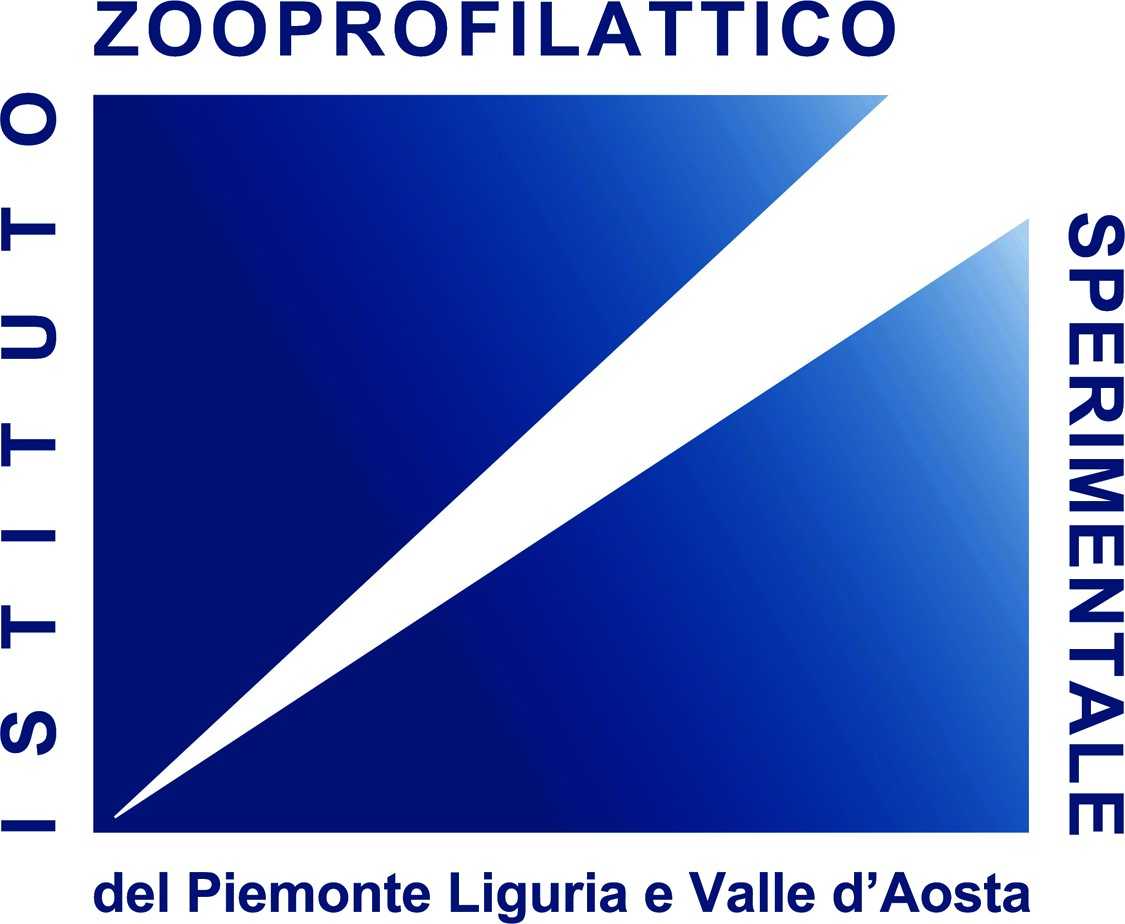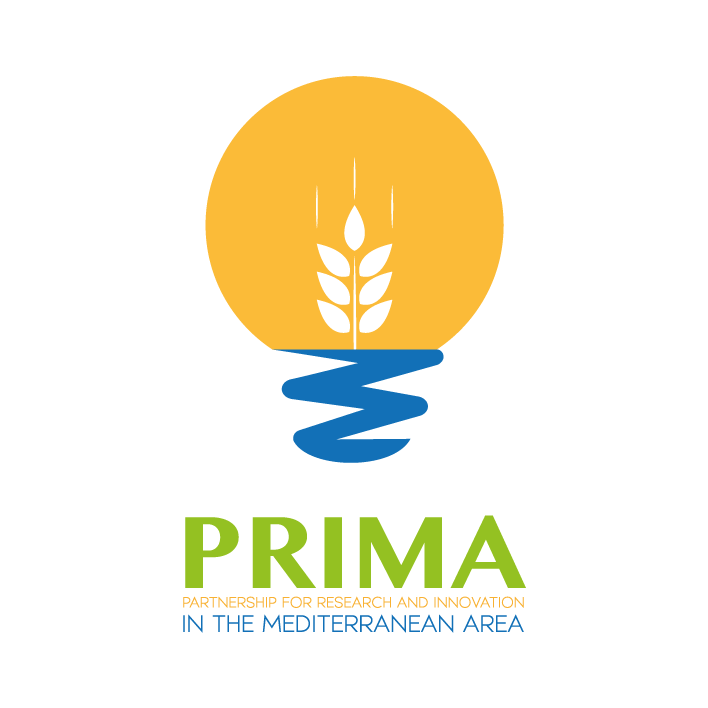Lactococcosis in farmed rainbow trout results as one of the most important fish diseases in European countries and worldwide, as reviewed by Vendrell et al., 2006, Gibello et al., 2016, Meyburg et al., 2017. In spite of the relevant number of studies dedicated to impact of lactococcosis, causative agent biology, disease control by vaccination, there are not fully exhaustive information on the rainbow trout response – in terms of immunity and inflammation – versus this pathogen natural or induced infection
L. garvieae infection is characterised by hyper-acute haemorrhagic septicaemia provoked by adhesins and bacterial toxins displaying cytotoxic action in different organs (Avci et al., 2014; Ture and Altinok, 2016; Eraclio et al., 2018), and the polysaccharide capsule has been widely described as a major bacterial factor involved in the evasion of the host immune response (Vendrell et al., 2006).
The pathogenesis of lactococcosis in rainbow trout has been described by Avci et al. (2014) thanks to the survey of an immersion challenge mimicking what happens in natural outbreaks. The experiment led to the mortality of infected fish within 3 weeks, and the presence of bacteria was firstly recorded in the eyes and gills, possibly highlighting them as the primary routes of bacterial entry into the host. Then bacteria colonised also the visceral organs, being detectable among cells but also internally to the macrophages. These cells, most of all within spleen and kidney, seem to have e key role in the pathogen dissemination as well as in the maintenance of reservoir fish (Vendrell et al., 2006).
In field outbreaks, lesions of the ocular area are often observed and consist of extensive fibroplasia with inflammatory cells infiltration. Also, haemorrhagic panophthalmitis has been observed, with destruction of the anterior and posterior chambers of the eye, and inflammation of retro-bulbar fat and striated muscle. In the brain, lesions appear in the meninges, characterised by fibroplasia and macrophage/lymphocyte infiltrations. Affected fish usually present acute meningitis, consisting of exudates covering the brain surface. In case of heart, lesions are represented by fibroplasias, macrophage/lymphocyte infiltration of the pericardium. Regarding kidney, the renal tubules have hyaline droplet deposition in the epithelia and hyaline casts in the lumen. Fish suffer a severe peritonitis with fat necrosis. The intestine presents extensive superficial erosions with pseudomembrane-like formation (Eldar and Ghittino, 1999, Chang et al., 2002). Castro et al. (2019) moreover observed that experimentally (IP) infected individuals showing clinical signs of lactococcosis at 72 h post infection may display a severe inflammatory response in the spleen, also correlated with granulomatous lesions. The response in kidney is similar to that of spleen, and most of the gene regulations are also coherent. In fact, biomolecular analysis highlighted the up-regulation of genes defining the recruitment of macrophages and neutrophils in these tissues. Moreover, the presence of spleen B cells synthetizing both IgM and IgT classes of antibodies confirmed the activation of an adaptive immune mechanisms responding to systemic infection. Based on another recent study, the interaction of L. garvieae with the rainbow trout immune system also promotes, after 24 h, the expression of the genes cath‐1 and cath‐2, that are broad-spectrum antimicrobial peptides involved in the innate immune defense (Furlan et al., 2018).
Few information are reported concerning the direct or indirect role of rainbow trout antibodies against L. garvieae, since the antibody response has been mainly studied by researchers only after lactococcosis vaccination and not after spontaneous or experimental infection in rainbow trout. In these terms we know that capsulated strains are more resistant to trout serum killing (mediated by complement and natural antibodies) and that in vitro phagocytosis of L. garvieae by trout macrophages is more effective in the presence of specific antibodies (Barnes et al., 2002 a and b). A recent paper has been finalised to describe the rainbow trout response to lactococcosis in two fish lines selected based on their resistance/susceptibility to bacterial infections. At 5 days post infection resistant trout showed a relevant increase of serum lysozyme activity and leukocytes respiratory burst activity compared to susceptible trout. Resistant group displayed also an up-regulation of immunoglobulins M, major histocompatibility complex II and interleukin 8 gene expression and a higher blood lymphocytes count, highlighting their potential ability to trigger the recruitment of defensive cells and the initiation of specific immune response (Bulfon et al., 2020)
The full bibliographic list can be provided on request





